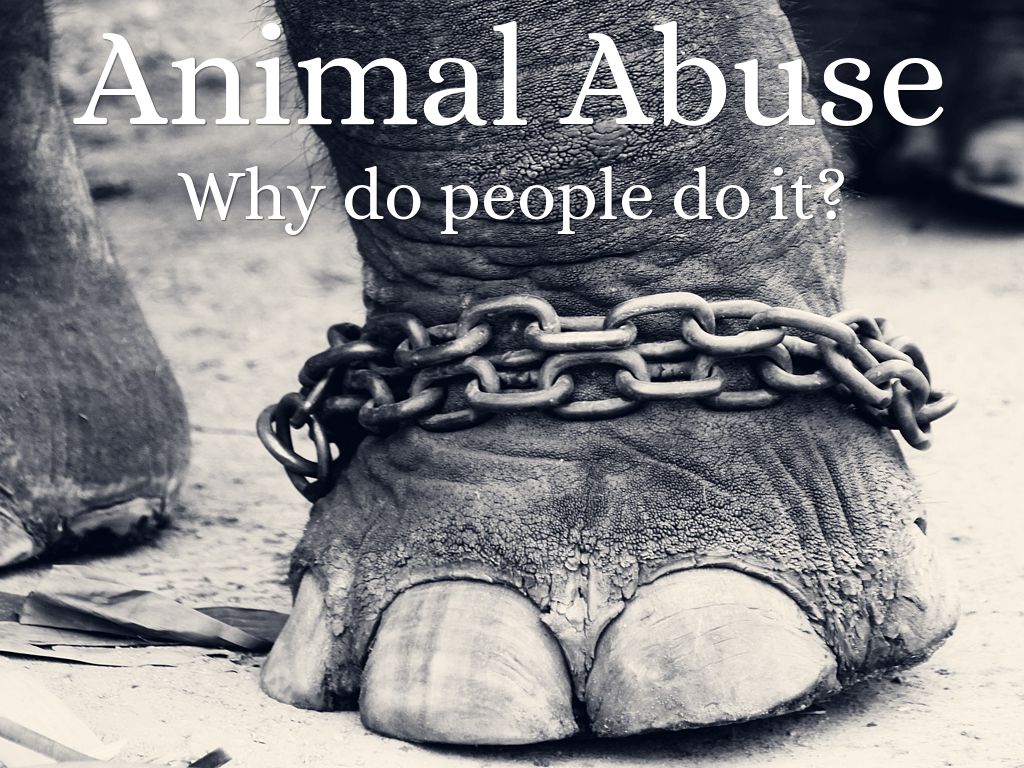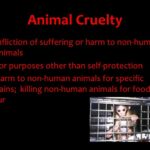Across various cultures and societies, the complex phenomenon of animal cruelty has sparked intense debate and provoked numerous inquiries into the psyche of those who inflict harm upon animals. Understanding their mindset requires a multi-dimensional approach that encompasses psychological, social, and cultural factors. This exploration delves into the motivations, rationalizations, and broader implications of animal abuse, revealing disturbing truths about those who prey on the vulnerable.
1. Defining Animal Cruelty
Before delving into the minds of perpetrators, it is imperative to establish a clear definition of animal cruelty. Generally, animal cruelty manifests in two forms: active and passive. Active cruelty encompasses intentional actions meant to cause harm, such as beating or stabbing. Conversely, passive cruelty refers to neglect—failing to provide necessary care, leading to suffering and distress. This delineation is critical, as it illustrates that individuals who engage in such behavior often see themselves through varied lenses, depending on the nature of their actions.
2. Psychological Perspectives: The Mind of an Abuser
Psychologically, individuals who engage in animal cruelty often show signs of deep-seated issues. Research indicates a correlation between cruelty towards animals and antisocial behavior. Such individuals may suffer from conduct disorders, which can extend into adulthood. The lack of empathy is a common trait among these individuals, as their actions are frequently devoid of remorse. This absence of emotional connection can stem from various psychological disturbances, including personality disorders and attachment issues from childhood.
Moreover, some abusers may derive a sense of power and control from their acts of violence. For these individuals, inflicting pain becomes a mechanism through which they assert dominance, often reflecting a broader sense of inadequacy in their lives. This interplay between vulnerability and aggressiveness creates a disturbing yet insightful avenue for understanding the motivations behind their actions.
3. Social Influences and Cultural Norms
Social context plays a pivotal role in shaping attitudes towards animals and, consequently, attitudes towards cruelty. In certain subcultures, aggression towards animals may be normalized, perceived as an assertion of dominance or a rite of passage. Examples can be observed in contexts such as dog fighting or bullfighting, where animals are commodified for entertainment or status. In such scenarios, the act of cruelty is intertwined with cultural identity, permitting individuals to justify their despicable actions as socially acceptable.
Furthermore, socioeconomic factors cannot be overlooked. Individuals living in impoverished situations might engage in acts of cruelty as a misguided way to cope with their own hardships. In these environments, animals are often seen as dispensable, with limited perceived value beyond their utility. This underscores a critical societal responsibility: fostering education and awareness about animal welfare in communities that may otherwise overlook these intrinsic values.
4. Rationalizations: The Distorted Logic of Cruelty
To comprehend the mindset of animal abusers, one must explore the rationalizations they employ to normalize their behavior. A common justification stems from the belief that animals are inferior beings, lacking the capacity for pain or suffering. This cognitive distortion allows them to compartmentalize their actions, alleviating any guilt associated with inflicting pain. Such beliefs are often reinforced through misinformation, lack of empathy, or cultural narratives that depict animals as mere resources.
Additionally, some perpetrators may downplay their actions by attributing them to specific circumstances, such as stress or substance abuse. They might argue that their behaviors are sporadic and not representative of their character. This form of denial enables them to navigate guilt while maintaining a façade of normalcy in their lives.
5. The Impact of Animal Cruelty: Consequences Beyond the Victim
Understanding the ramifications of animal cruelty extends beyond the victims themselves. The repercussions echo throughout society. Research has illuminated a strong link between animal abuse and human violence; many perpetrators of animal cruelty have a history of violence against people. This correlation highlights the necessity of addressing animal welfare as a critical social issue, wherein preventing animal abuse also serves as a preventive measure for broader societal violence.
Moreover, communities plagued by high rates of animal cruelty may see an erosion of social cohesion. The normalization of such violence can create an environment of fear and mistrust, undermining communal ties. Addressing animal cruelty is thus imperative not only for the sake of the animals but for the health and safety of the community as a whole.
6. Moving Towards Prevention: Education and Advocacy
To counteract the cycle of violence, it is essential to initiate preventative measures through education and advocacy. Programs aimed at schools can foster empathy from a young age, teaching children to respect and care for animals. By instilling values of kindness and responsibility, society can cultivate a generation that perceives animals as companions deserving of protection, rather than objects of exploitation.
Additionally, legal frameworks need fortification; harsher penalties for offenders may deter potential abusers from engaging in cruelty. Effective legislation coupled with robust enforcement can create a formidable deterrent, sending a clear message that animal abuse is intolerable.
Conclusion
In unraveling the psyche of those who harm animals, one finds a tapestry woven with psychological disturbances, societal influences, and rationalizations steeped in ignorance. To truly combat animal cruelty, it is crucial to adopt a holistic approach that not only addresses the symptoms but also the underlying causes. Through education, advocacy, and stringent legal measures, society can hope to diminish this abhorrent behavior, ultimately leading to a more compassionate world for both humans and animals alike.









